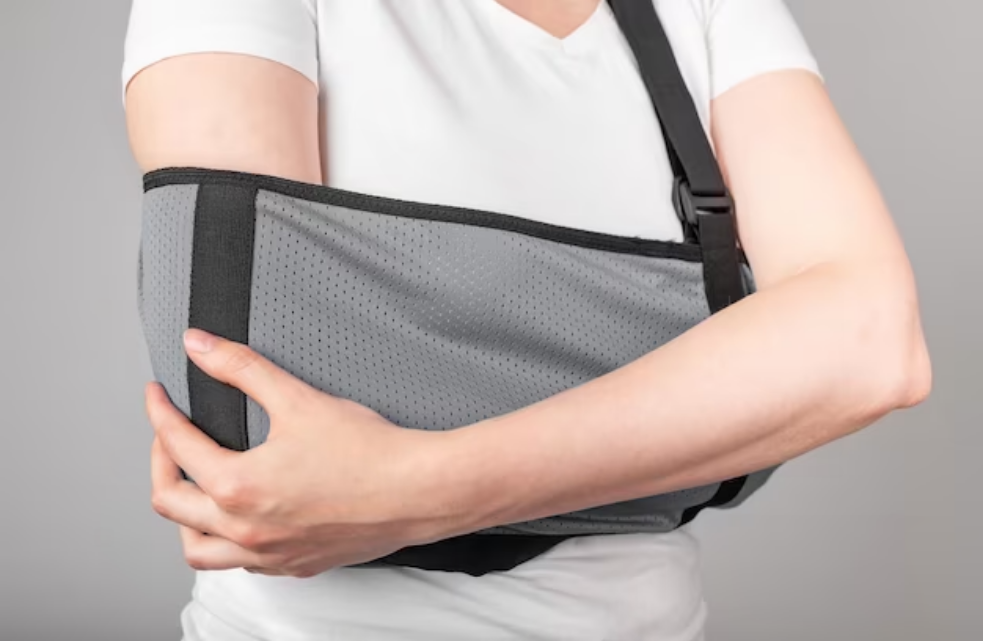Tennis elbow, also known as lateral epicondylitis, is a common condition that causes pain and inflammation around the outside of the elbow joint. It is usually caused by repetitive stress or overuse of the muscles and tendons in the forearm, which can lead to tiny tears in the tissue. Tennis elbow is often associated with activities that involve a repetitive arm and wrist movements, such as playing tennis or other racquet sports, but it can also be caused by other activities such as typing or painting. Symptoms of tennis elbow may include pain when gripping objects, weakness in the hand and wrist, and pain when extending the wrist or elbow.
Treatment for tennis elbow may include rest, ice, physical therapy, and chiropractic care. Chiropractic treatment for tennis elbow offers non-invasive and all-natural techniques to help alleviate pain and swelling in the area and improve healthy functioning going forward.
Can a Chiropractor Help with a Tennis Elbow?
Yes, a chiropractor may be able to help with the tennis elbow. Chiropractic care is a form of alternative medicine that focuses on the diagnosis and treatment of neuromuscular disorders, including those that affect the musculoskeletal system. A chiropractor in Dubuque may also recommend changes to your tennis technique or the use of a tennis elbow brace to help manage the condition.
It is important to follow a chiropractor’s recommendations and to give the elbow time to heal properly. A chiropractor can work with you to develop a plan that addresses the underlying cause of your pain and helps you recover as quickly as possible.
Symptoms of Tennis Elbow
The most common symptom of tennis elbow is pain on the outer side of the elbow. This pain may be mild or severe, and it may be constant or come and go. Other symptoms of tennis elbow may include:
- Weakness in the hand and wrist
- Pain when gripping objects
- Pain when extending the wrist or elbow
- Tenderness or swelling on the outer side of the elbow
These symptoms may be worse when you lift or grip objects, or when you straighten your wrist or elbow. In some cases, the pain may be present even when you are not using your arm, and it may interfere with your ability to perform everyday activities.
Common Causes of Elbow Pain
Tennis elbow is more common in people who are between the ages of 30 and 50, and it is more common in men than in women. It is also more likely to occur in people who have occupations that require repetitive arm and wrist movements, such as carpenters, plumbers, and assembly line workers.
Tennis elbow is a common result of activities that may include the following:
- Playing tennis or other racquet sports
The repetitive arm and wrist movements involved in these activities can put a strain on the muscles and tendons in the elbow and forearm, leading to inflammation and pain.
- Repetitive arm and wrist movements
Typing, painting, and other activities that involve a repetitive arm and wrist movements can also lead to tennis elbow.
- Improper technique when lifting heavy objects
Using improper lifting techniques can put a strain on the muscles and tendons in the elbow and forearm, leading to inflammation and pain.
Poor posture can put unnecessary strain on the muscles and tendons in the elbow and forearm, leading to inflammation and pain.
Short-Term Tennis Elbow Relief
In chiropractic care, “RICE” is an acronym that stands for Rest, Ice, Compression, and Elevation. These are the four basic steps that are often recommended to help manage pain and inflammation in the early stages of an injury.
- Rest: The affected area should be protected from further injury and given time to heal. This often means avoiding activities that cause pain and using crutches, a brace, or other assistive devices to help you avoid putting weight on the affected limb or joint.
- Ice: Applying ice to the affected area can help to reduce swelling, numb pain, and slow down the flow of blood to the injury. It’s important to not apply ice directly to the skin. It’s best to wrap ice in a towel or cloth.
- Compression: Wrapping the affected area with an elastic bandage or brace can help to reduce swelling and support the injured joint or muscle. Be careful not to wrap too tightly, as this can cause additional swelling and impede blood flow.
- Elevation: Elevating the affected limb can help to reduce swelling by allowing gravity to drain fluid away from the injury site. It’s important to elevate the limb above the level of the heart, so blood can drain away from the injury site.
It’s important to note that the application of RICE method should be done in the first 72 hours of an injury and that if the pain or symptoms persist, you should consult a healthcare professional for further evaluation and treatment.
Chiropractic Treatment for Tennis Elbow
Chiropractic treatment for tennis elbow can involve a combination of techniques to help reduce pain and inflammation and improve function in the affected area. One of the most common techniques used is spinal manipulation, which can help to improve the function of the nervous system, reduce pain and inflammation, and improve the range of motion in the elbow and forearm.
Therapeutic exercises are also an important component of chiropractic treatment for tennis elbow. These exercises may include stretching, strengthening, and range of motion exercises that help improve function and reduce pain. The chiropractor may also provide specific exercises and activity modifications to aid in healing and preventing re-injury.
A chiropractor may also recommend orthotic devices or bracing to help reduce stress on the affected area and support healing. If you are experiencing tennis elbow pain, it is important to seek treatment from a chiropractor at Tri-States Chiropractic Health and Injury Care in Dubuque to get relief and prevent further injury. Book your appointment now and start getting relief today!




